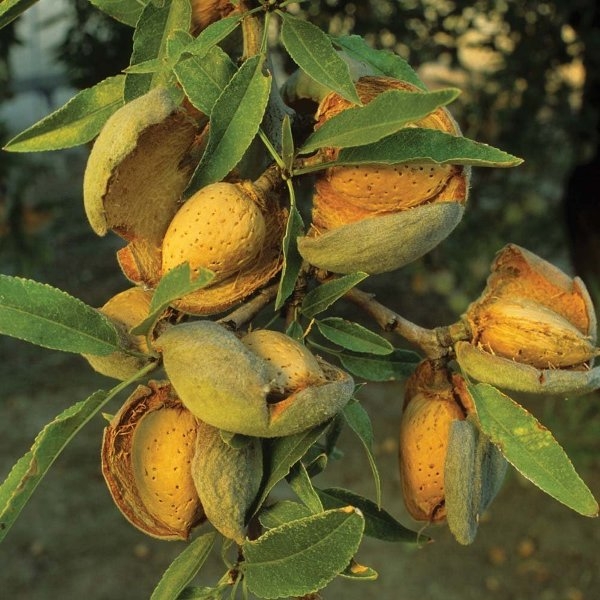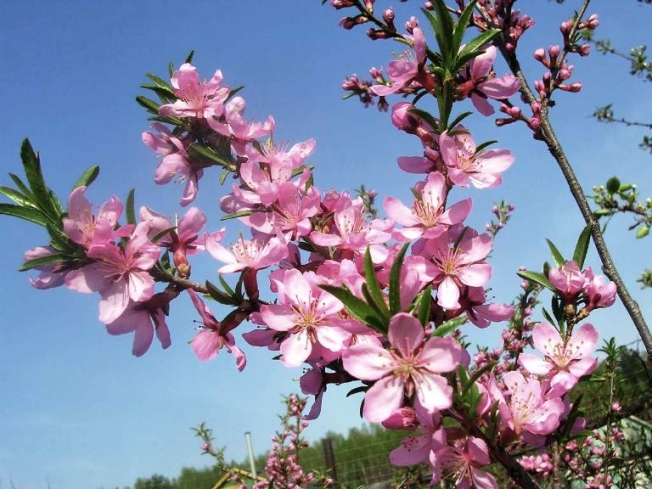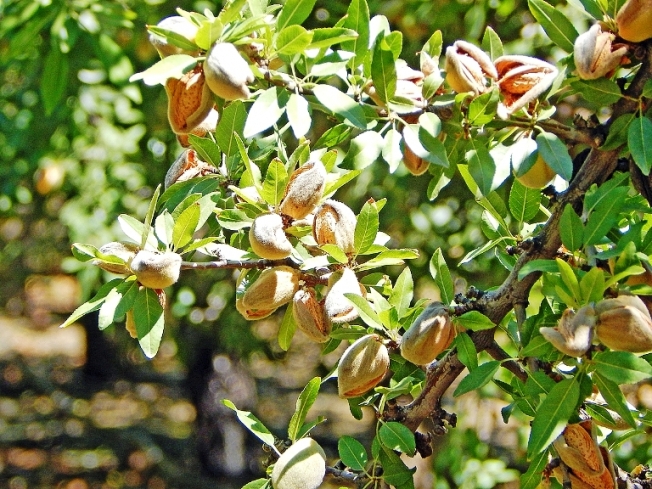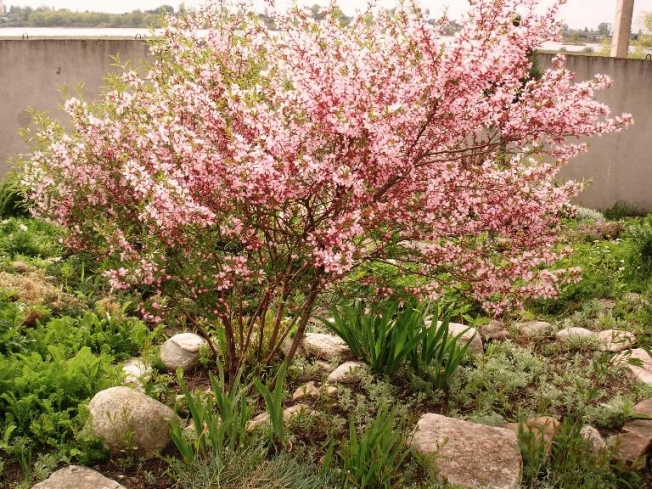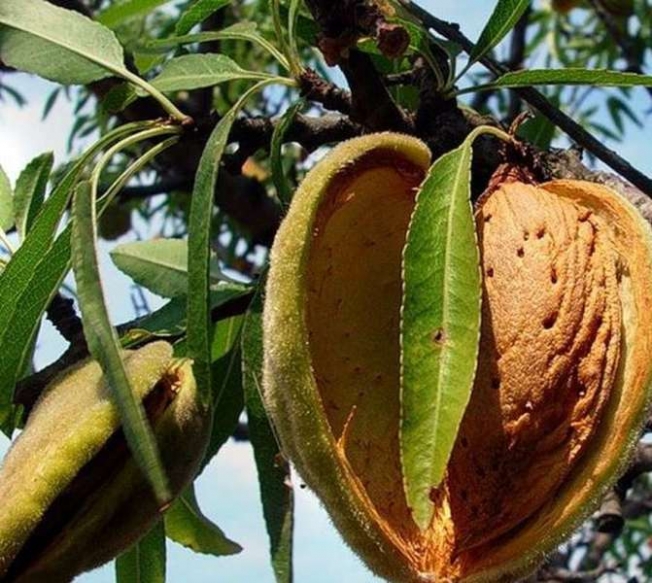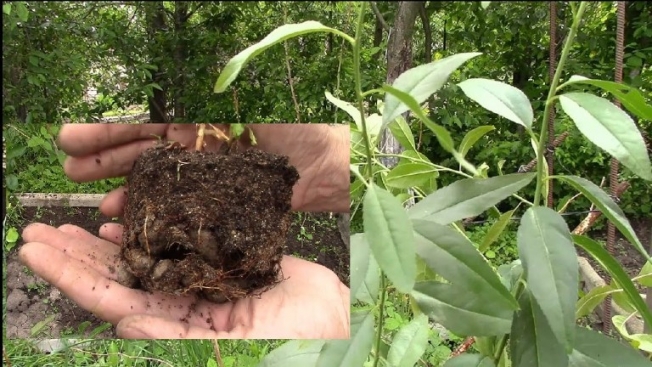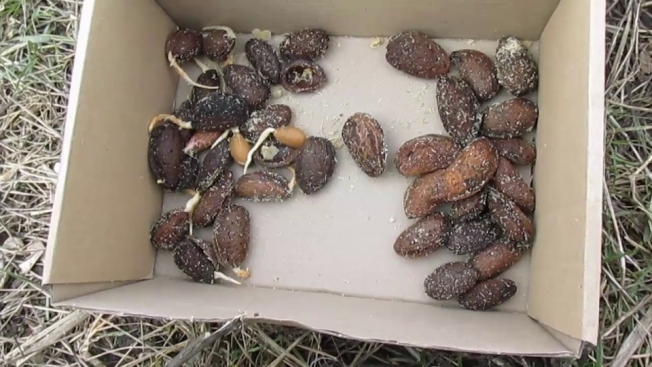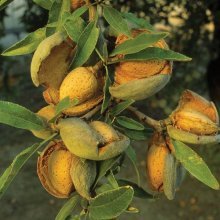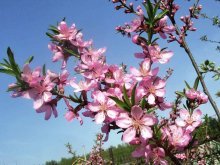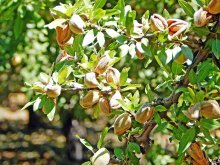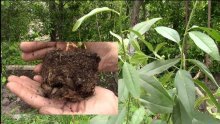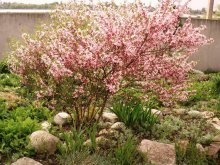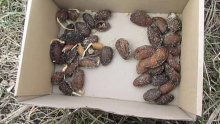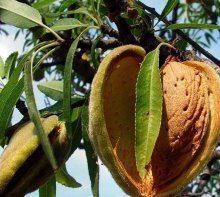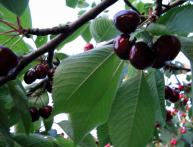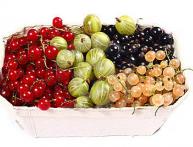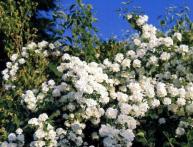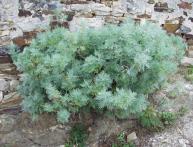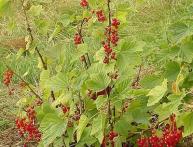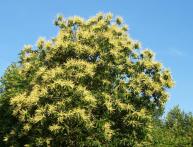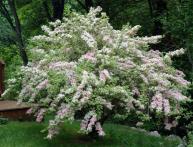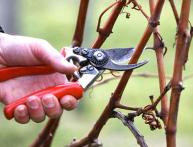Almond varieties, self-pollinating, decorative, the most productive
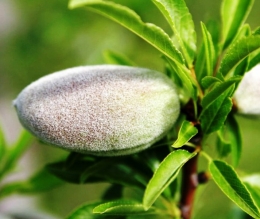
There are various types and varieties of almonds; they differ significantly in taste, frost resistance and yield.
Content:
- Almonds: plant description and photo
- Types and varieties
- Self-pollinating almond varieties
- The most productive varieties
- Ornamental plants
- Nikitsky almonds and its features
- Almond foros: description and photo
- Growing at home
Almonds: plant description and photo
Under common name: almonds more than two hundred varieties are combined. The plant is represented by low-growing shrubs or low trees, up to eight meters high, with a wide, branched crown.
It is conventionally divided into two varieties: sweet and bitter, which are quite difficult to distinguish externally. It can only be determined unambiguously by the taste of the drupe.
Even the fruit representatives have very beautiful flowering. The flowers are represented by five pubescent sepals and petals of white, sometimes pink, five on each bud.
The foliage is elliptical in shape, slightly elongated and shiny, and covers the plant a few weeks after flowering has completed.
The fruit is a drupe, which cracks after it is ripe. Inside there is a seed with one or two edible seeds. The grains may be wrinkled or smooth to the touch.
The vast majority of species are found in areas with a warm, temperate climate, and are represented by evergreen or deciduous trees and shrubs. These are heat-loving plants that do not tolerate drafts and sudden drops in temperature.
Types and varieties
Conventionally, there are three Types of almonds: bitter, sweet and thin-walled. There are much more varieties, they have their own characteristic features.
The most popular and widespread varieties include those listed in Table 1.
| Variety name | Characteristics and features of the variety |
| Bobovik | Distributed in the steppe and forest-steppe zones, Central Asia and Siberia. This deciduous shrub reaches no more than one and a half meters in height; the crown has a dense spherical shape. The leaves reach six centimeters in length, light green on the bottom and dark green on the top. It blooms with pink single buds, which open simultaneously with the appearance of foliage, in May, for several weeks. Known for drought and winter resistance, life expectancy - up to eighty years |
| Ledeboura | A shrub reaching a height of up to two meters. It features large, dark foliage and pink, fragrant flowers that appear in early May. The first fruits are formed in the eleventh year of life and ripen by September. Known for resistance to winter temperature fluctuations |
| Ordinary | It can be represented by a tree form or a shrub, reaching a height of up to eight meters. It is found naturally in Asia Minor and Central Asia, Afghanistan, and Iran. It blooms with white-pink buds that appear in late winter before the leaves form. The fruits are flattened drupes with a drying pericarp and a large, edible stone. |
| Petunnikova | A small shrub, not reaching more than a meter in height, comes from the Western Tien Shan. It begins to bloom at the age of three, buds appear in May and last for twenty days. Fruiting begins at the age of five. Fruits are reddish in color, densely pubescent |
| Triloba (Louisiana triloba) | It is represented by deciduous shrubs or trees up to five meters high. Comes from Northern China. Flowering begins in May, the buds are crimson and densely cover the shoots. The leaves are grayish below and yellow-green on the top; the fruits easily fall from the tree. |
Depending on the variety, almonds have their own characteristics, which are important to consider when choosing a specific plant. Particular attention should be paid to winter hardiness indicators.
We invite you to watch a video about the types and varieties of almonds:
Self-pollinating almond varieties
Most varieties are not self-pollinating and require additional pollination by insects.
However, there are also representatives who do not need outside intervention; we indicate them in Table 2.
| Variety name | Characteristics and features of the variety |
| Nikitsky 62 | It has an average ripening period with a spreading high crown. It begins to bloom late, bears fruit in the third year after planting. Fruit ripening should be expected in early September. The fruits are large, the average weight of one fruit is 4 grams |
| Rarity | Recognizable due to its compact crown and resistance to summer water shortages and winter frosts. The first fruits can be expected already in the third year after planting. It is characterized by increased resistance to characteristic almond diseases and many pests from the insect world. |
| Durkheimer Krachmandel | Comes from Germany. It is not particularly common throughout the country; in order to obtain a seedling, you will have to order it in advance. Popular due to high yield and frost resistance |
Self-pollinating varieties are good because they do not require additional pollination measures. However, they are less common and their seedlings are not always easy to find.
The most productive varieties
Not all species produce the same amount of yield.
The most productive representatives include the varieties listed in Table 3.
| Variety name | Description of the variety, characteristics |
| Alushtinsky | A small drought- and frost-resistant bush. The grains ripen early, are dense and sweet in taste. You can get 40 kg of harvest from one bush |
| Victoria | Frost-resistant form, the first harvest should be expected in the fourth year after planting. The weight of one fruit is 4-9 g; up to 40 kg can be harvested from a bush |
| Sevastopol | Shrub form, belongs to the late ones. The fruits are dense and sweet, up to 40 kg of yield |
| Chereshkovy | The height does not exceed a meter and is common in the steppe zone. The harvest is 20 kg |
| Stepnoy | It reaches a height of one and a half meters, is drought- and frost-resistant. The harvest is about 20 kg. |
Despite the fact that these representatives are considered one of the most productive, it is important to remember that the number of nuts ultimately also depends on proper care.
A plant lacking nutrients will not be able to produce a large harvest.
Ornamental plants
Since this is a rather beautiful plant with lush flowering, ornamental plants have long been separated from fruit plants.
The most common in the middle zone are those listed in Table 4.
| Name of decorative variety | Description and characteristics of the variety, decorative qualities |
| Bobovik and its forms (Pink fog, White sail, Pink flamingo, Anyuta) | When planting, it is important to decide on the site in advance. For abundant flowering, it is better to place it in a well-lit place; for long-lasting flowering, it is better to place it in the shade. |
| Georgian | Visually it may resemble a steppe fora, but differs in its large leaves. In the natural environment, it is distributed on wooded mountain slopes in the Caucasus. It can reach one and a half meters in height, with a well-developed root. It is valued by many gardeners for its relative unpretentiousness, tolerates temperature fluctuations and winds well, and withstands attacks from pests and diseases. Rich pink buds |
| Ledeboura | It is considered one of the most popular decorative representatives, despite its small height. Ledebur comes from the region of the Altai plains and foothills. The special value of Ledebura is its early flowering and general unpretentiousness to growing conditions. The first buds appear in early May with a deep pink color and last for two, sometimes even three, weeks. |
| Petunnikova | This species is native to the rocky hills of Central Asia. The origin of the bush is easy to guess by its appearance, which is distinguished by grayish bark, elongated leaves and a small height of the bush. It is rare to see representatives even a meter tall. Despite its apparent unsightliness, it is known for its beautiful flowering, single buds of a bright pink hue. |
| Ruslana | The hybrid, derived from the three-lobed one, can also change shade from initially beige to snow-white. For this it is especially valued by gardeners |
| Snows of Uimura | A widely known hybrid, interesting for one feature. The flowers are large, collected in double inflorescences, which gradually, over time, change shade from initially pink to cream |
| Steppe decorative | It reaches a height of one and a half meters, blooms for ten days with a delicate white-pink hue. A pleasant plus is the pleasant aroma and edibility of the grains |
| Three-blade | A hybrid that got its name because of the characteristic shape of the leaves. It grows well in illuminated areas, but does not tolerate drafts. The buds appear in mid-May, the shade can vary from pale pink to rich crimson |
| Fire Hill | It is popular due to its large, up to three centimeters in diameter, deep pink flowers. The shrub is small but compact, looks great in the garden |
Shrubs are not demanding on conditions; growing them in the garden is not that difficult.
With minimal care and a properly selected site, they will fully reward gardeners with delicate and abundant flowering.
Almond Nikitsky and its features
A fairly popular variety for temperate climates, it is characterized by high frost resistance.
The first buds appear at the end of May, the grains have a sweet taste and a high percentage of oils.
Other characteristics include:
- The height reaches five meters, the crown is spreading and dense;
- The foliage is large, with carved edges and edges. The upper part is dark green, the lower part is slightly lighter;
- The buds are medium in size, slightly pinkish in color;
- Fruiting begins in the sixth year from planting. To obtain grains, it requires additional pollination.
Nikitinsky can be called ideal for areas with cold winters. Resistant to temperature fluctuations, it will not die from the cold.
Almond Foros: description and photo
Foros is represented by a medium-sized tree, not exceeding four meters in height, with a dense, spreading oval-shaped crown. This is a hybrid form that was bred specifically to produce a large amount of yield. It is distinguished by high rates of drought resistance and can easily tolerate long periods of lack of moisture, which is especially important for the North Caucasus region.
It has dark green, pubescent foliage.
Flowering begins in May, fruits can be collected in September. The kernels are well separated from the pericarp, the shell is not hard.
Foros is excellent for areas with a lack of natural precipitation and water for irrigation. Despite insufficient moisture, it produces a good harvest.
Growing at home
Growing almonds at home is not that difficult. So, if the raw materials are fresh, then the shelled grain will germinate perfectly; it is not at all necessary to look for a whole nut with an intact shell.
The only thing worth considering is to carry out stratification before germination. To do this, place the nuts in the refrigerator for a month and a half, artificially reproducing the winter temperature for it.
The variety has a certain meaning. Since sprouted sprouts will sooner or later have to be transferred to open ground conditions, it is important to pay attention to the varietal characteristics of the grain.
So, it is better to select winter-hardy species with late flowering. It should be remembered that spring frosts can simply destroy delicate flowers.Therefore, the famous Italian, Central Asian and Greek trees should be postponed, since their flowering begins at the end of February.
The most suitable varieties include: Alexander, self-pollinating Nikitinsky 62, Leninabadsky, Milas, Bosporus. They are distinguished by late flowering, rapid ripening and abundant harvest.
However, it is important to consider that most of these varieties are not self-pollinating, so you will need to grow several trees in your garden.
It is recommended to use only seeds for planting almonds. A branch from a bush or tree will not work; it will not sprout roots. However, it can be grafted onto apricot or peach, which are considered the closest relatives. In fact, almonds cannot be called a real nut; they are precisely a stone fruit, since we eat the seed, not the pulp.
To germinate grains, you need to select several strong seeds and place them in water at room temperature. Wait twelve hours and change the water. By this time, the nuts will have swollen a little, then they are sent into water for another ten hours.
It is important to remember: if the almonds are in shell, after the first soaking, you should carefully prick it from the sharp edge, but do not remove it completely.
Within a day, the seeds should produce their first shoots. At this time they can be planted.
There are a large number of different types of almonds, which differ in purpose and characteristics of cultivation. This plant can be grown both for harvest and as a decorative form.
We invite you to watch an interesting video about planting and growing almonds:

